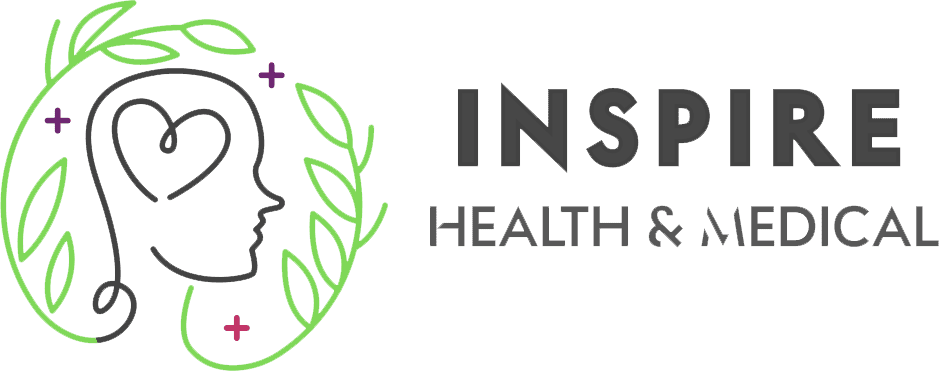 Most of us have heard about gratitude and how beneficial it is for us. However, many of us have yet to put gratitude into action in our daily lives. Gratitude has become quite a buzz word with journals and practices gaining popularity. Gratitude can feel like just another trend to hop on board with – another fad that will soon go out of style. Some may feel that they can’t connect to gratitude. They’ve tried writing things they are grateful for, but it just doesn’t feel right. Perhaps it feels fake or false. If you’ve had this experience you’re not alone. In this post we will explore why gratitude is beneficial and a practice that might work for you.
Most of us have heard about gratitude and how beneficial it is for us. However, many of us have yet to put gratitude into action in our daily lives. Gratitude has become quite a buzz word with journals and practices gaining popularity. Gratitude can feel like just another trend to hop on board with – another fad that will soon go out of style. Some may feel that they can’t connect to gratitude. They’ve tried writing things they are grateful for, but it just doesn’t feel right. Perhaps it feels fake or false. If you’ve had this experience you’re not alone. In this post we will explore why gratitude is beneficial and a practice that might work for you.
It’s important to note that gratitude is not the miracle cure or the one solution to all of your problems. Rather, it’s something that you can add to your toolbox, something that can make a difference in your life to shift things just a little. It’s also something that can help to rewire your brain and support you to overcome the negativity bias.
Before we get into the negativity bias, we need to understand what we mean by gratitude.
What is gratitude?
Gratitude is a thankful appreciation for what you have. It’s looking for presence within life rather than absence. What we have rather than what we don’t have. Gratitude can be an emotion, but what we’ll be referring to here is an action. Gratitude is an action that can become a habitual practice we use to be more active in what we focus on in our lives. If it were only the emotion of gratitude that we were working with then it would be very much outside of our control. We cannot force ourselves to “’feel’ grateful. However, we can cultivate a gratitude practice and through this intentional practice we can help to rewire our brain.
Let’s return to the negativity bias and how gratitude can help us to overcome this.
The negativity bias and how gratitude can help
The negativity bias refers to the tendency for us as humans to be more attracted to negative stimuli than positive stimuli. If we have ten positive experiences and one negative, our brain is geared towards remembering that one negative experience and encoding it into our mind. This negativity bias doesn’t mean that there’s something inherently wrong with us either, there is an evolutionary reason for this bias. The brain operates in this way to protect us.
Consider this: our ancient ancestors were persistently on high alert for danger. They noticed threats like potential storms, signs of predators ominous sounds in the distance. The negativity bias is essentially there to protect us. The negativity bias protects us by helping make potential threats stand out in our perception of the world. In this way, it makes negative events and circumstances like a magnet for our attention. However, it can get a little out of hand and doesn’t always work in our favour.
So how do we overcome the negativity bias? A useful method is gratitude. When we practice cultivating gratitude, we are interrupting this negativity bias. The process actively helps rewire the brain to notice more positives. Practice is key here. Gratitude is not something that you have or do not have. When we start to focus on the things that we have and express appreciation our mind starts to become better at finding more positives.
When we practice a gratitude method we empathise and learn new ways to perceive positives as novel experiences. In this way the plasticity of the brain establishes new neural circuits that improve our ability to identify what we are grateful for in our lives. As a result, this practice becomes part of our daily habitual behaviours.

Gratitude practices also influence the release of dopamine and serotonin in the brain. Dopamine can be thought of in one way as the motivation neurotransmitter. Dopamine can contribute to feelings of motivation, happiness, and focus. Serotonin has also been referred to as the happiness hormone for the role it has in our experience of happiness and sense of well-being. Additionally, gratitude practices can also activate the pre-frontal cortex of our brain. This area in our brain is responsible for empathy, self-compassion, decision making and self-control.
With this understanding of what gratitude is and its benefits, we can focus on how to cultivate it.
Cultivating gratitude with three simple practices
1) When you notice your mind getting stuck On all the problems, things that feel missing in life or appear to be going wrong, first take a moment to pause. Try name what is happening and call it out without judgment. Remember that this negativity bias was developed to protect you. So it has its place but in moderation. From this place of acceptance you can practice gratitude. Think to yourself, “What can I be appreciative for in this moment?”
2) Start a gratitude journal. Try to write 3 things everyday that you felt grateful for. Make this into a routine and write it in the morning or evening.
3) Start a gratitude ritual with someone else. For example, you could share 3 things you are grateful for with a partner, family or friend once a week.







